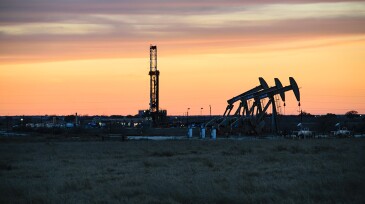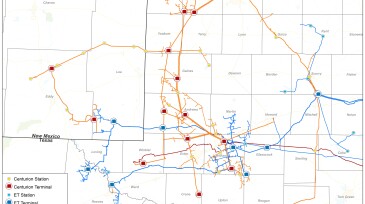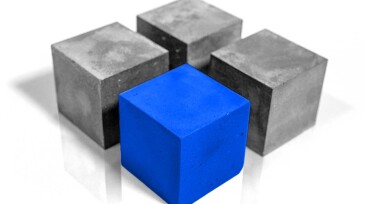Permian Basin
-
The Denver-based company bulks up its Permian position with the purchase of three EnCap Investment portfolio companies.
-
This paper presents design considerations and field-trial applications for determining practical dimensions and limits for interdependencies associated with stage length, perforation clusters, and limited-entry pressures.
-
The authors of this paper define a work flow that constrains solutions that match models and field observations and obtains a more-representative model for forecasting and optimizing fracture behavior.
-
The University of Texas at Austin leads new energy consortium in partnership with multiple entities from academia, national labs, and a research center for development of the Permian Energy Development Laboratory.
-
The acquisition will enable Energy Transfer to send more barrels of Permian crude to oil hub at Cushing, Oklahoma.
-
This case study highlights the effectiveness of unmanned aerial systems in enabling land-based operators to assess the relative seriousness of leaks efficiently by both localizing and quantifying their methane emission rates.
-
EcoShield also reduces carbon footprint of well construction over traditional cement systems.
-
Dealmaking has picked up steam, especially by Oxy. Many of the announced deals by Oxy and others are in Texas and in the Gulf Coast region.
-
The authors of this paper discuss a biosurfactant treatment that offers an economical method for remediation of formation damage caused by high-molecular-weight paraffin wax deposition in porous media.
-
Select Water Solutions will focus on water management and added assets in the Permian Basin.










